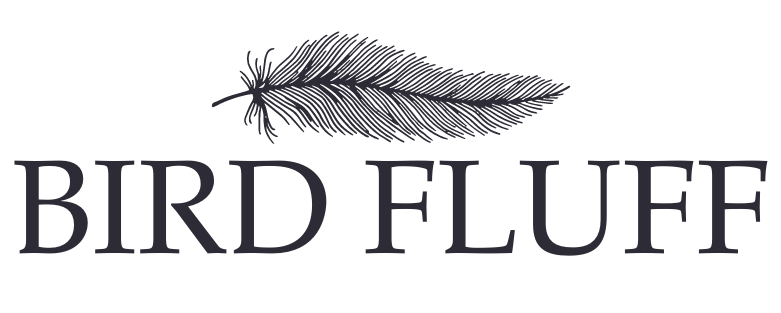- New Arrivals
- Best Sellers
-
Shop By Product
- Unisex Fit Crewneck Tees
- Women's Fit Crewneck Tees
- Women's Fit V-Neck Tees
- Long-Sleeved Hooded Tees
- Hooded Sweatshirts (Hoodies)
- Crewneck Sweatshirts
- Coffee Mugs
- Kids Crewneck Tees
- Kids Hooded Sweatshirts (Hoodies)
- Baby One-Piece Suits
- Flip-Flops
- Beach Towels
- Notebooks
- Stickers
- Posters
- Canvas Art Prints
- Gift Cards
-
Shop By Design
- Nerdy for them Birdies
- Resting Raptor Face
- Wasn't Listening, I Saw a Bird
- Easily Distracted, Mostly by Birds
- Fast. Fierce. Fluffy
- Albatross Love is for Life
- Backyard Birder
- The Bird Family
- Bird Silhouettes
- Birdwatching Plus
- Birding in Progress
- Birdsong Feeds My Soul
- Concert Series
- Feather for Your Thoughts
- It's Good to Be The King
- Heist Coo
- I Heart Animalia, Chordata, Aves
- I'm Just Here for the Sulidae
- Itches Get Scritches
- Kind of Woman Who Keeps A Parrot
- Lady and Her Pets
- Love Birds
- Never Stop Birding
- No Need to Get Cocky!
- No rEgrets
- Vintage Bird Art
-
Shop By Bird
- African Grey Parrot
- American Robin
- American Goldfinch
- Bald Eagle
- Budgie
- Canary
- Chickadees
- Cranes, Egrets and Herons
- Crows, Ravens and Jays
- Great Horned Owl
- Hummingbirds
- Macaw
- Osprey
- Penguin
- Peregrine Falcon
- Pigeons and Doves
- Red-Tailed Hawk
- Seabirds
- Shorebirds
- Spotted Thick-Knee
- Storks
- Sulphur Crested Cockatoo
- Swainson's Thrush
- Blog
-
- New Arrivals
- Best Sellers
-
Shop By Product
- Unisex Fit Crewneck Tees
- Women's Fit Crewneck Tees
- Women's Fit V-Neck Tees
- Long-Sleeved Hooded Tees
- Hooded Sweatshirts (Hoodies)
- Crewneck Sweatshirts
- Coffee Mugs
- Kids Crewneck Tees
- Kids Hooded Sweatshirts (Hoodies)
- Baby One-Piece Suits
- Flip-Flops
- Beach Towels
- Notebooks
- Stickers
- Posters
- Canvas Art Prints
- Gift Cards
-
Shop By Design
- Nerdy for them Birdies
- Resting Raptor Face
- Wasn't Listening, I Saw a Bird
- Easily Distracted, Mostly by Birds
- Fast. Fierce. Fluffy
- Albatross Love is for Life
- Backyard Birder
- The Bird Family
- Bird Silhouettes
- Birdwatching Plus
- Birding in Progress
- Birdsong Feeds My Soul
- Concert Series
- Feather for Your Thoughts
- It's Good to Be The King
- Heist Coo
- I Heart Animalia, Chordata, Aves
- I'm Just Here for the Sulidae
- Itches Get Scritches
- Kind of Woman Who Keeps A Parrot
- Lady and Her Pets
- Love Birds
- Never Stop Birding
- No Need to Get Cocky!
- No rEgrets
- Vintage Bird Art
-
Shop By Bird
- African Grey Parrot
- American Robin
- American Goldfinch
- Bald Eagle
- Budgie
- Canary
- Chickadees
- Cranes, Egrets and Herons
- Crows, Ravens and Jays
- Great Horned Owl
- Hummingbirds
- Macaw
- Osprey
- Penguin
- Peregrine Falcon
- Pigeons and Doves
- Red-Tailed Hawk
- Seabirds
- Shorebirds
- Spotted Thick-Knee
- Storks
- Sulphur Crested Cockatoo
- Swainson's Thrush
- Blog
-






